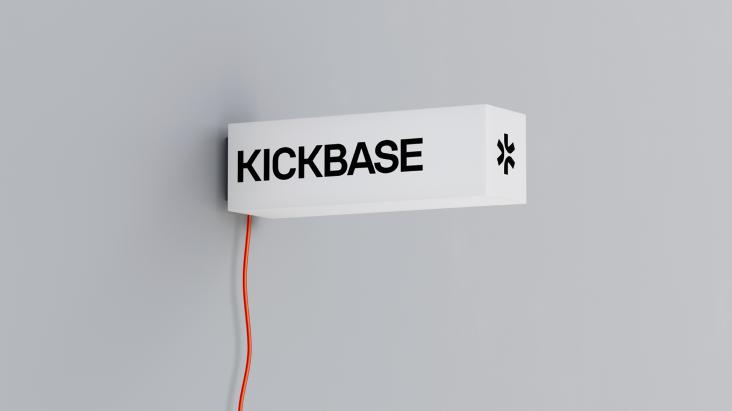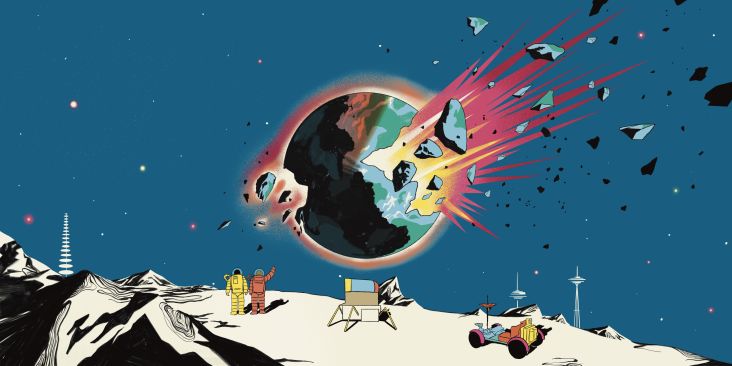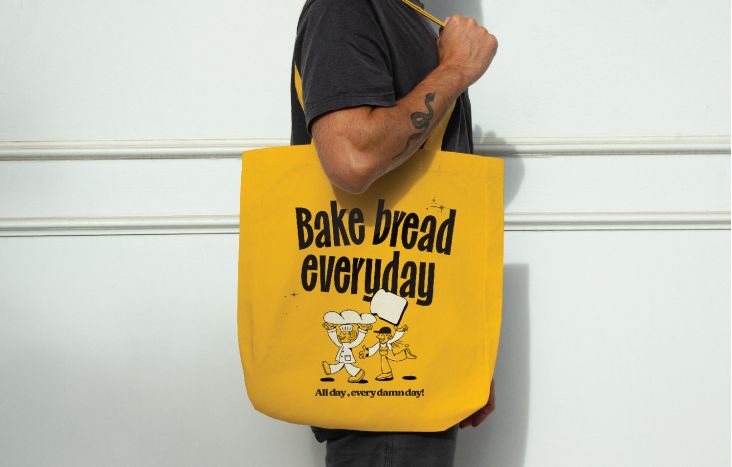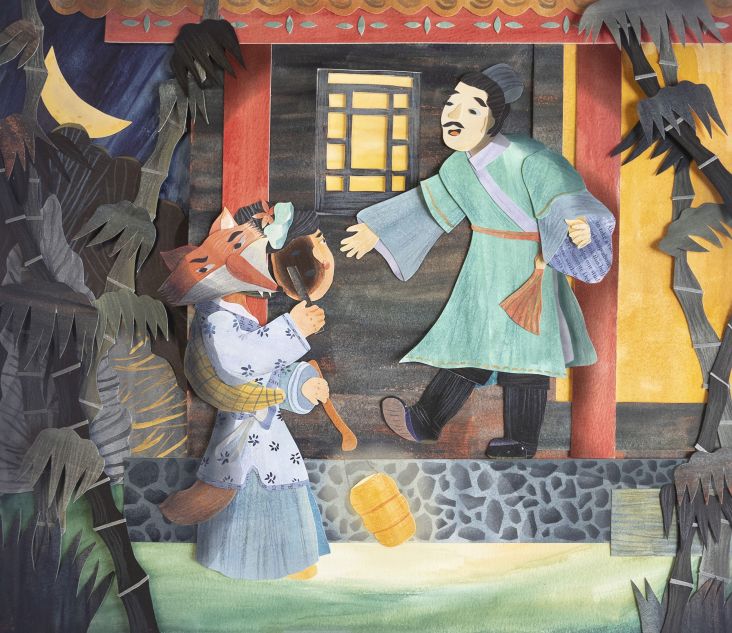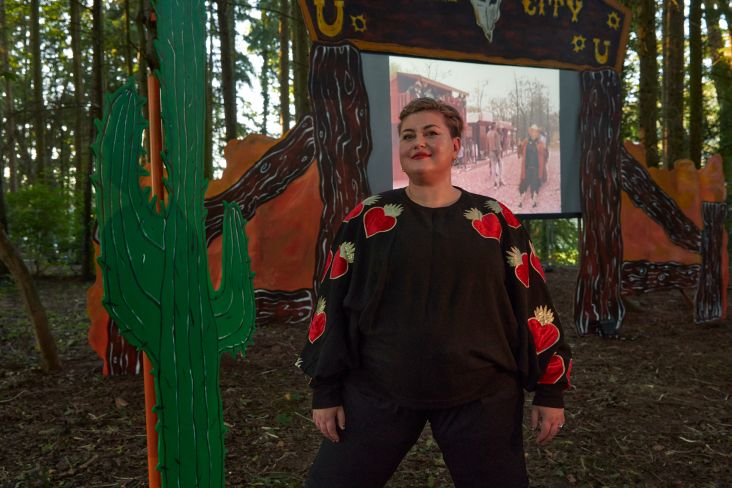Future Rust, Future Dust: Loïc Vendrame's series explores the ruins of the modern world
The world's most beautiful buildings get photographed thousands of times every day. Yet, just down the road, the scenery is often dramatically different. That's the inspiration for Future Rust, Future Dust, an ongoing project by photographer Loïc Vendrame.
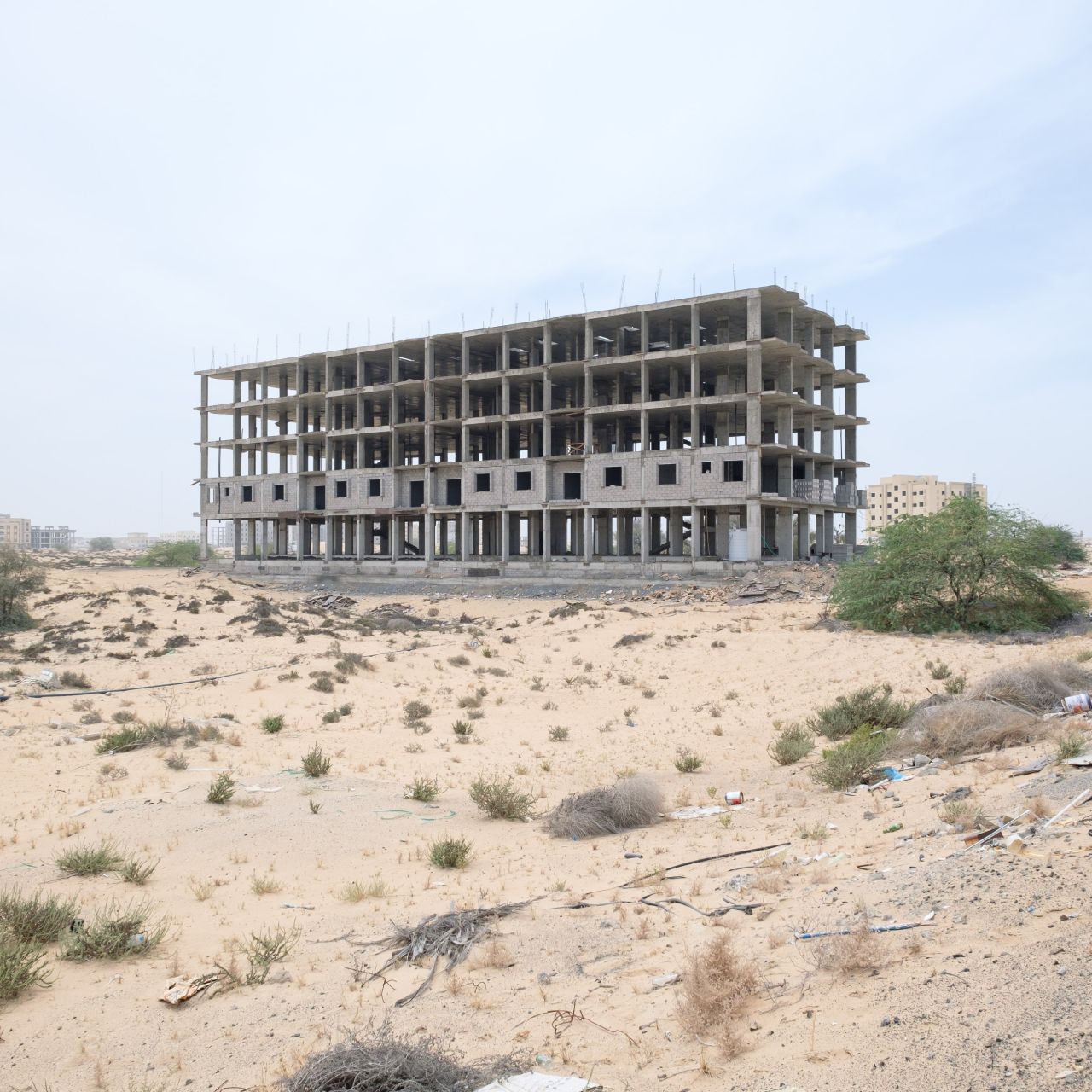
We've all been there. You're on holiday, exploring an exotic foreign land, and you've just enjoyed visiting an amazing, beautiful palace, temple, church or mosque. But then you get on the tour bus to the next destination, and the landscape suddenly becomes less inspiring. In fact, it's a bit disappointing – perhaps peppered with litter, rubble and half-finished and abandoned buildings.
But from the broader interests of humanity, these modern ruins do highlight an important problem for economic development. And it's one that French photographer Loïc Vendrame explores in his long-term photo project, Future Rust, Future Dust.
The dynamics of cities
Born in 1989, geographer and self-taught photographer Loïc has spent his working life fascinated by studying cities, their margins, and our relationships with our direct environment. "For several years, I have been using photography to study the dynamics between man and territories," he explains.
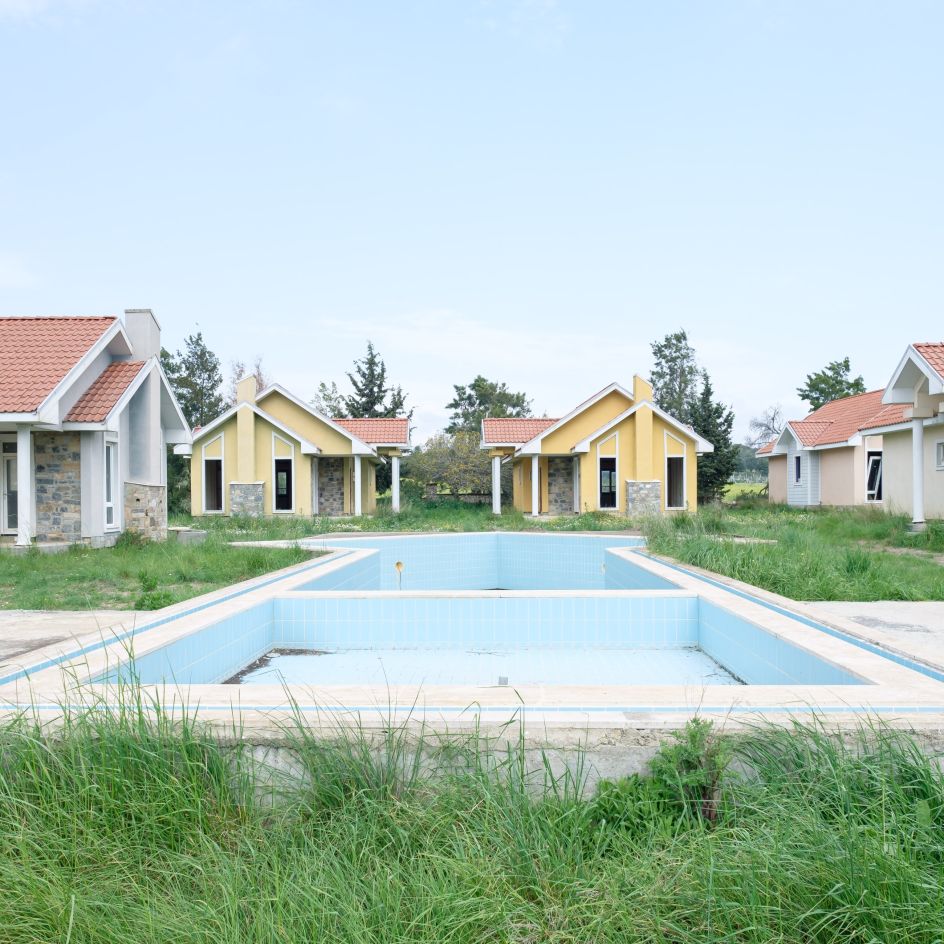
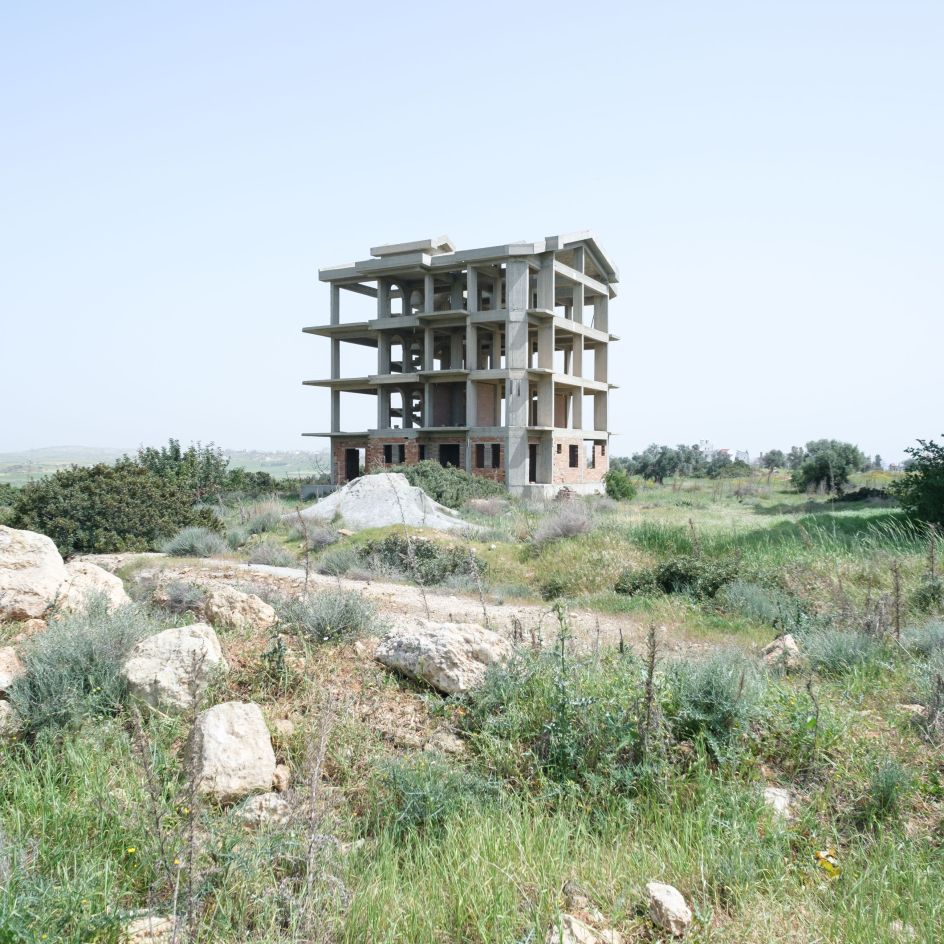
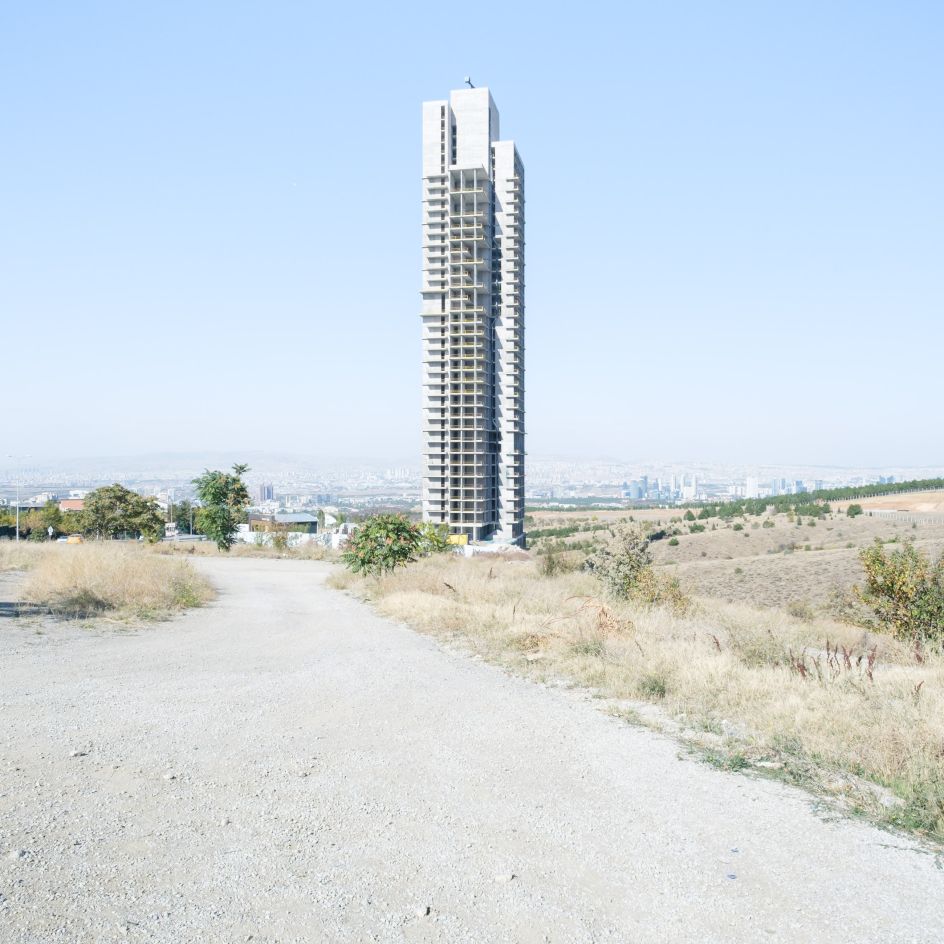
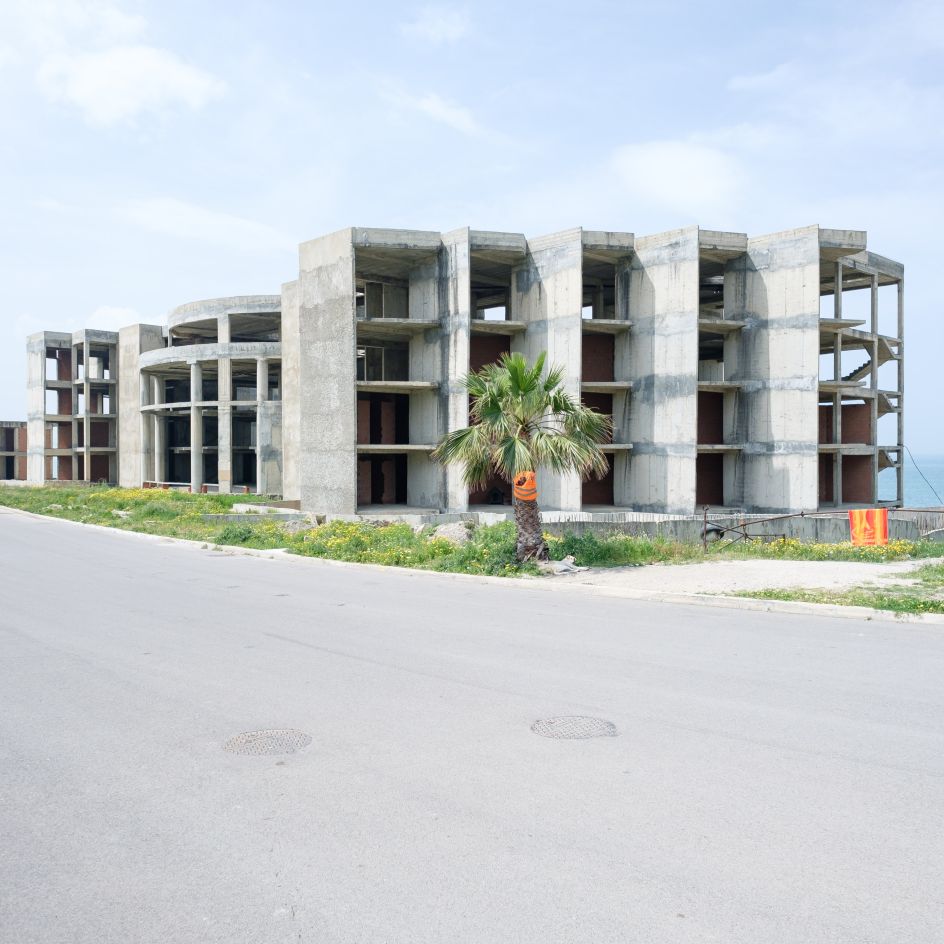
"I've been focusing my research on urban, suburban and tourist landscapes, with a monographic approach in the current of the New Topographics movement," he continues. "Through my projects, I offer a different vision of these everyday spaces, questioning the social, economic, political and environmental issues of how we build our living spaces."
Future Rust, Future Dust began in 2016 and has taken Loïc to Cyprus, Morocco, Portugal, Spain, Taiwan, Turkey and the UAE. He explains the thinking behind it.
"This project was born out of an observation that led to this question: Why do we see so many concrete skeletons strewn along the roadsides of the main tourist destinations, often amidst idyllic landscapes?" says Loïc.
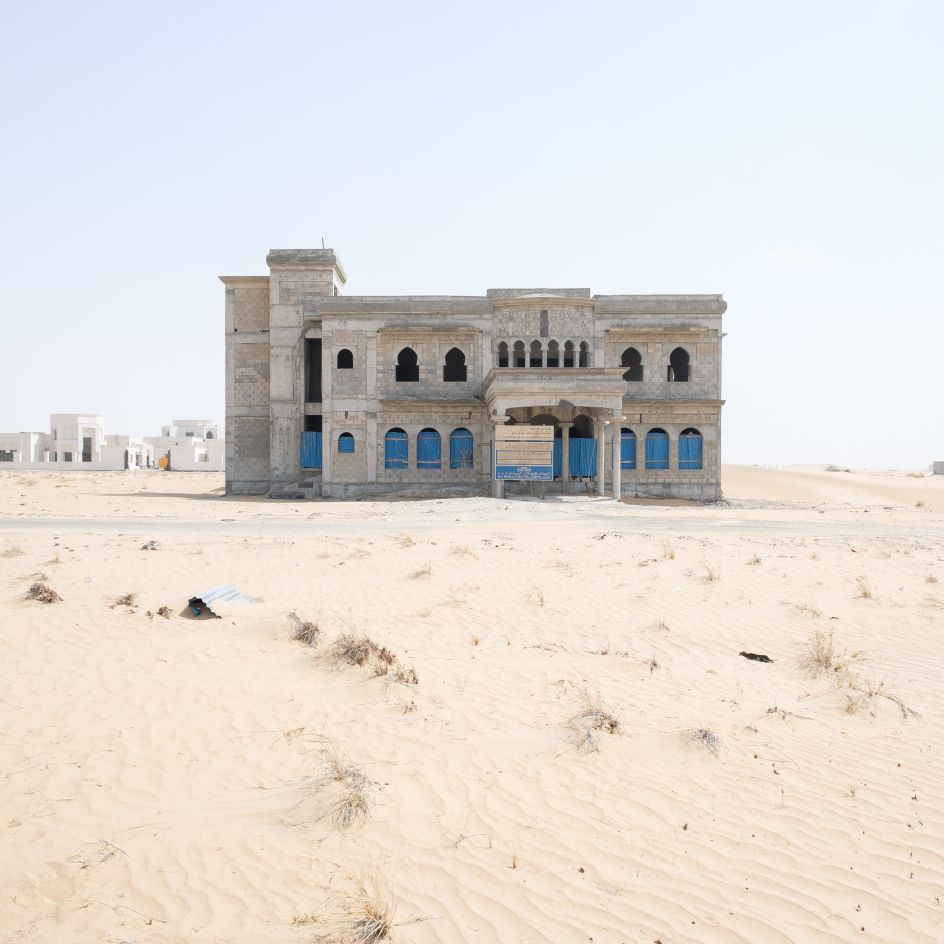
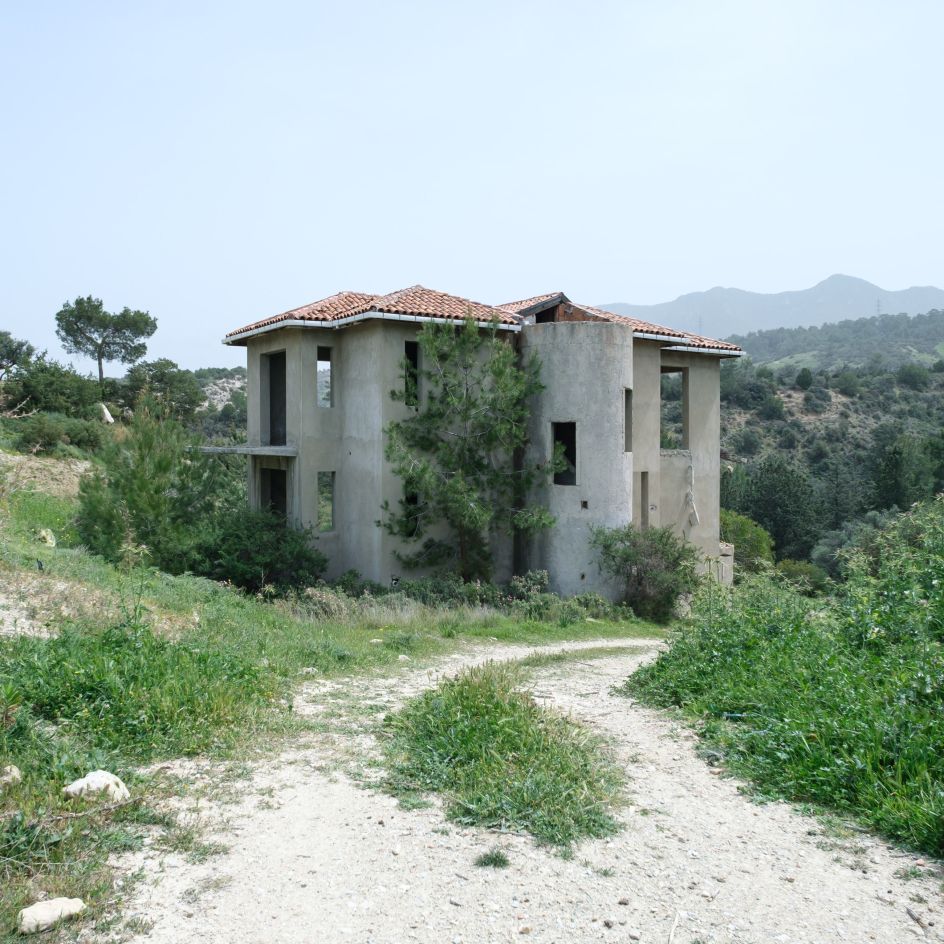
"The financial crisis of 2008 is the most recent climax of the modern world's economic turmoil and has spread from the United States to affect the entire world. It plunged many countries into an economic slump, with the booming – often beyond reason – construction sector as the first affected sector."
Bubbles and bankruptcies
These concrete skeletons are the visible and frozen traces of this economic phenomenon, he explains. "But depending on the country, the financial crisis is not the only responsible factor. The collapse of the real estate bubble, speculation, local corruption which favours excessive construction – often illegally, economic problems, and bankruptcies are all factors still relevant today that explain the presence of these concrete skeletons in the landscape."
Spain and Greece are the symbols of this collapse and have been the subject of numerous studies by researchers and photographers. "But what about other countries?" he asks. "To what extent have the crisis and aggravating economic factors had a visible impact on the landscape?"
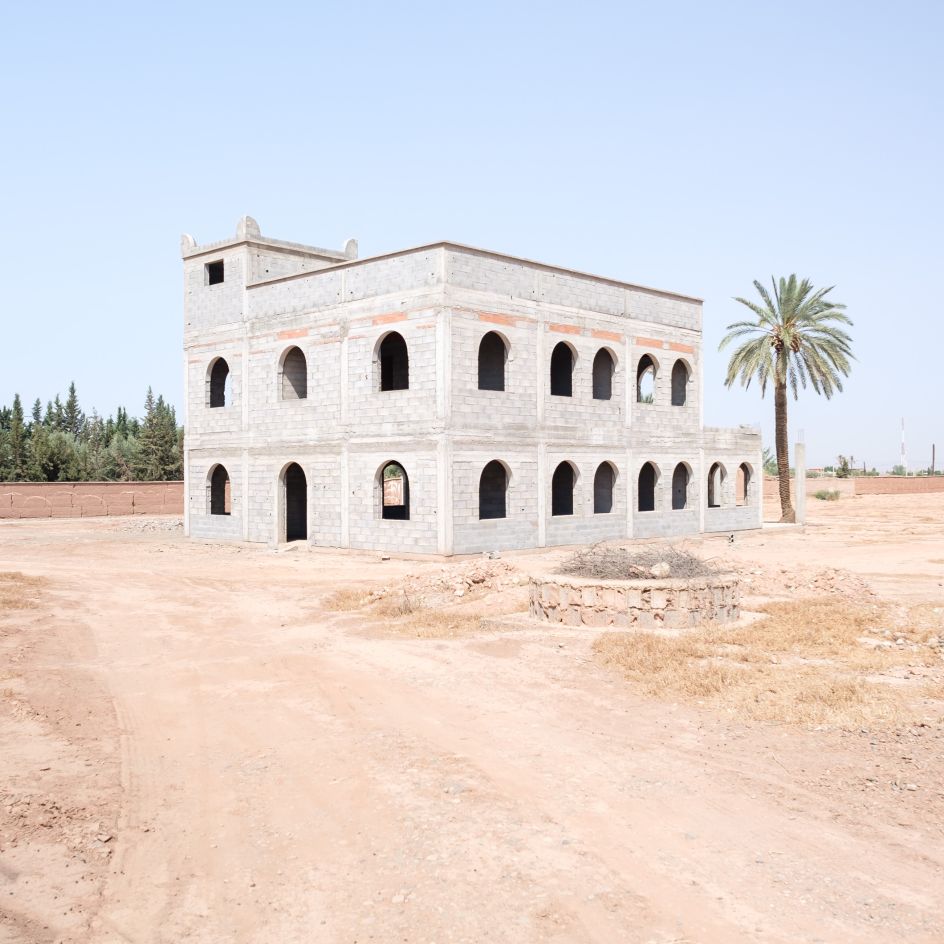
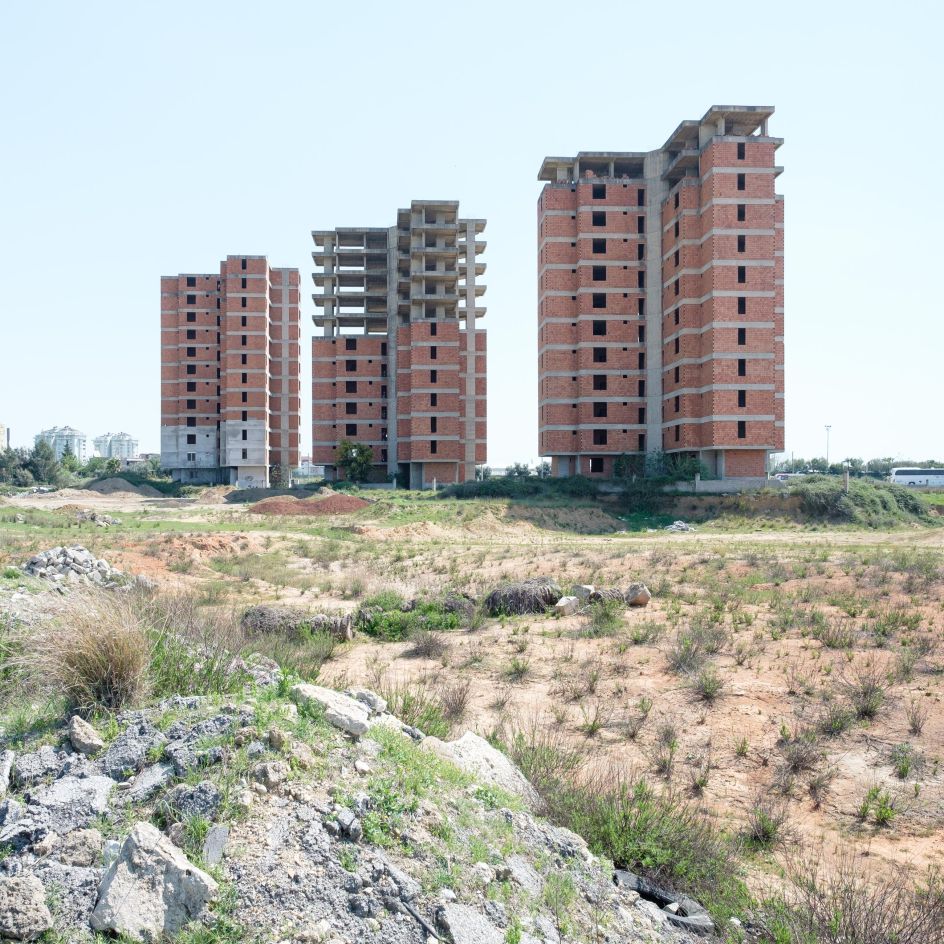
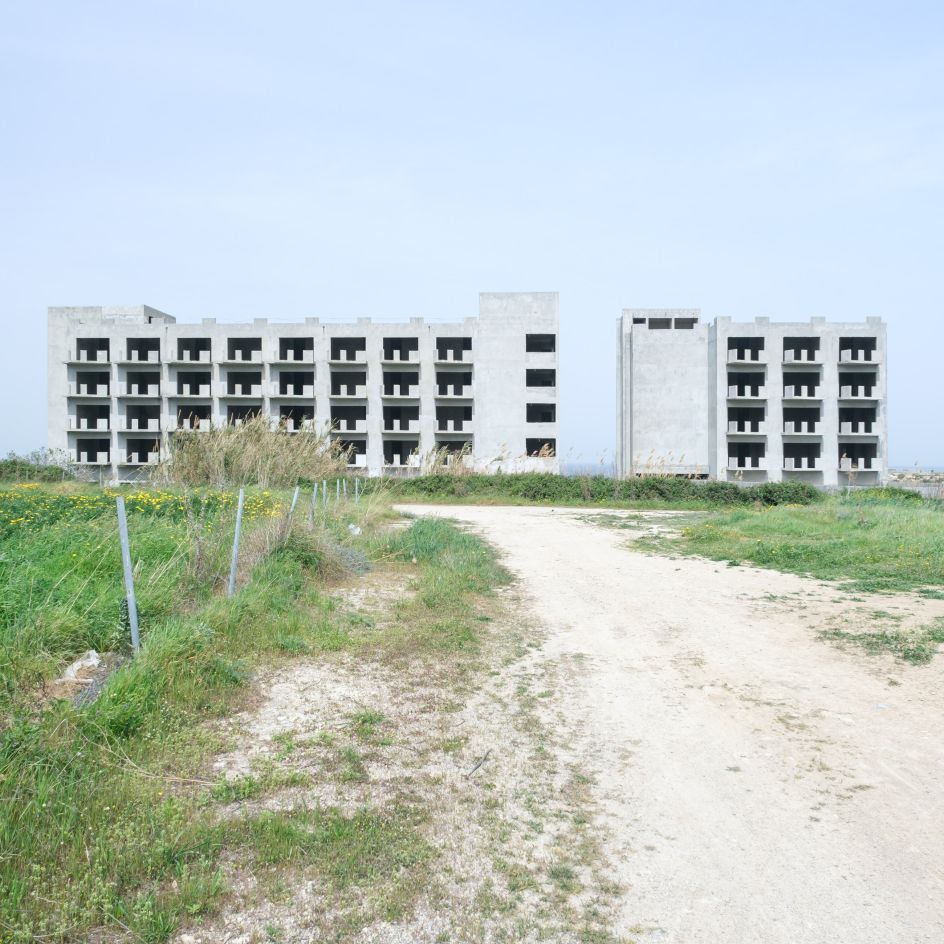
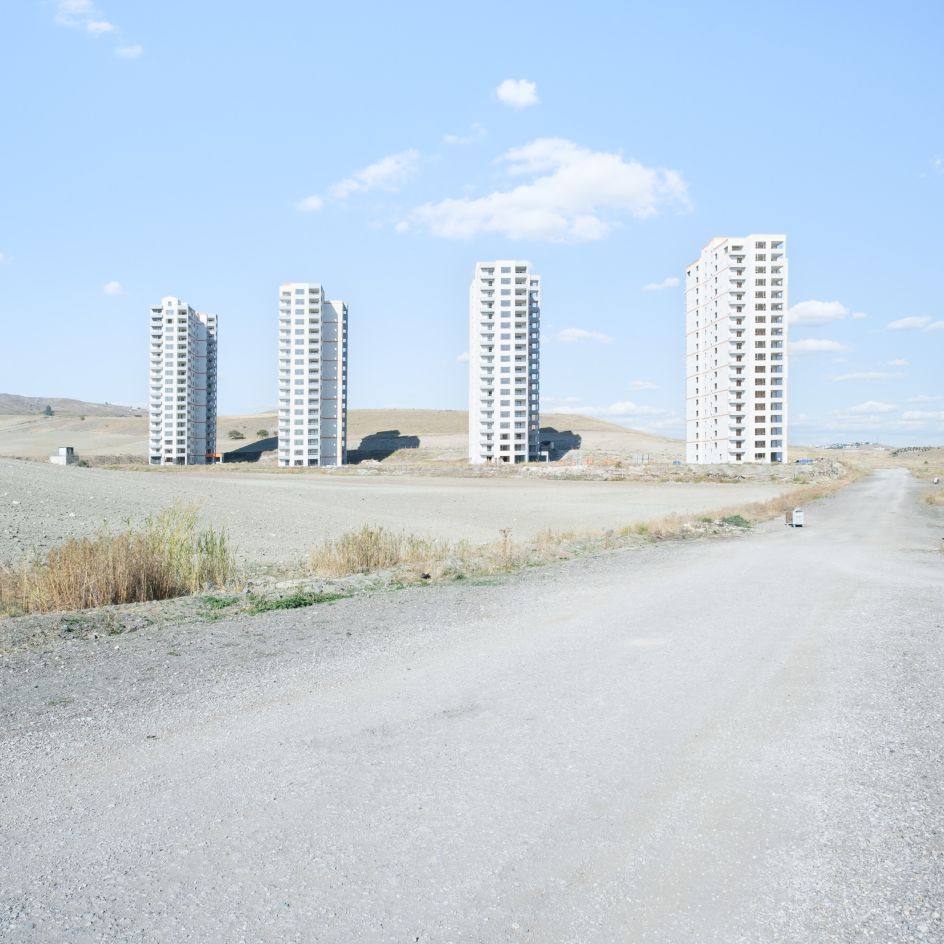
In short, through the archaeological study of modern ruins, the exploration of ghost cities, aborted tourism projects, unused infrastructures, or roads leading to nowhere, the repetition of forms and the accumulation of visited areas, this project is intended as a testimony to document the tragedies of our time.
"These unfinished structures, frozen in time and space, becoming the future traces of a failing present, are witnesses to this big waste of – often public – money and ecological tragedies," says Loïc. "As silent witnesses, they reflect the psychological and geographical aspects that shape our ambiguous relationships of alienation and disconnection from nature." You can view the full series on his portfolio website.









](https://www.creativeboom.com/upload/articles/86/862919952c0ad18439004228895a431dc6e45ffc_732.jpg)




